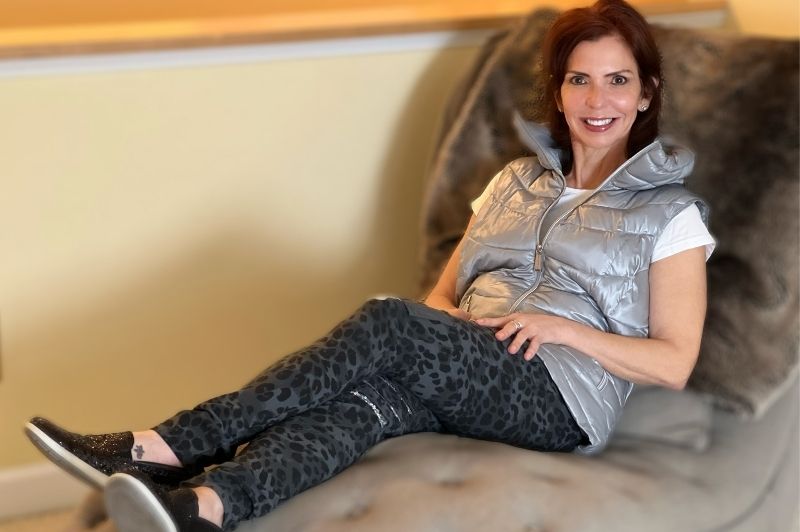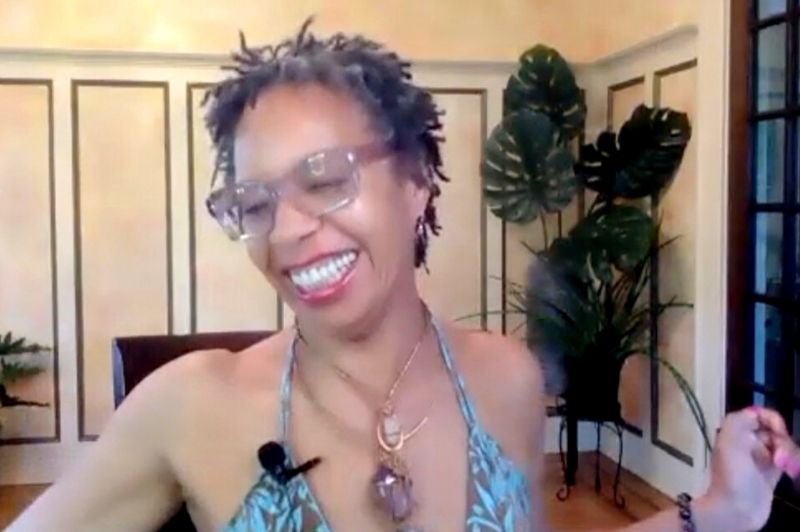Why do I battle remaining present? And is that normal? Do we all struggle with staying in the moment, staying mindful?
My frontal lobe knows – knows that the only thing that comes from spending too much time contemplating the past is depression and dissatisfaction. I too know that anticipating the future and all the trappings of the unknown can lead to anxiety and cause us to fret unnecessarily. While I know these things to be true, I still struggle – daily.
An Opportunity For Mindfulness:
“And in that heightened awareness there’s plenty of room for both, lamenting a decision made and fretting over a future unknown scenario.”
Recently I had an experience in which I found myself way more present than usual. I spent the last four days of 2021 solo traveling in NYC. I am a seasoned traveler but definitely out of practice. Between child-rearing, Covid, and life happenings I have not had much travel opportunities – alone or otherwise.
I was rusty. Needing to be 100% responsible all the time in unfamiliar environments can be challenging. There are definite tricks I employ to prevent mishaps. Or, at least minimize the likelihood for them.
You know, mishaps like losing one’s gloves or forgetting one’s credit card at a restaurant. (Both of which I managed) I forgot how “aware” and “on” one needs to be. Even in domestic-speak-the-same- language, been-there-a-gajillion-times-places, being out of the daily norm takes extra energy.
And in that heightened awareness there’s plenty of room for both, lamenting a decision made and fretting over a future unknown scenario.
Realizing My Discomfort:
It didn’t take me too long to catch on that each evening, upon arriving at my hotel safely with most of my possessions in hand, a quick surge of discomfort would wash over me regarding the next day’s set of activities.
This sojourn combined personal indulgences with business opportunities which meant I had a somewhat set schedule. Places to be at particular times, people to meet, addresses to find….all outside of the autopilot of my normal days at home. Each evening before bed I spent time calculating wake-up, shower, exit, and walk times to the following day’s events.
Embarrassingly, I must disclose I believe to have the worst sense of direction of anyone I know. It’s so bad that nearly always I’m better off going in the opposite direction of my initial estimate. I hesitate to let that “always” word stand alone. We all know it’s hard to support “always” or “never”. But, if I am being brutally transparent it may be applicable here. It really is a shame in this case that I can’t trust the word “always”. I’d have some mad navigational super powers if I knew it to be true that I was always initially inclined to go the wrong way.
But maybe, just maybe, my serious case of imprecise navigation as defined by David Ludden, PhD in Psychology Today as someone who performs poorly both with within-route learning¹ and between-route² learning is a gift towards achieving mindfulness. The fact that it’s difficult for me to get around even in familiar places – well, that’s special.
But, what if it’s a gift?
“What if my in-the-moment heavy lifting that is required to navigate alone, actually keeps me present and mindful?”
What if my in-the-moment heavy lifting that is required to navigate alone, actually keeps me present and mindful? After all, when we are actively managing our current circumstance how can we even muster up a regret from the past or fear a potential future scenario?
In this scenario my autopilot is switched off, unavailable to me. I must rely on real-time visual cues, making sure my google maps is facing the right direction in the palm of my hand (yeah, that’s a thing for me too). All the while, for vanity purposes, appearing to the world as if I know where I’m going.
My autopilot is unavailable forcing me to stay seriously in the moment. I am going to go out on a limb here. I contend that this potentially perceived weakness (navigationally challenged) is a perfect time to practice the key to mindfulness. How? Pay attention. Crazy, focused, keep your eye on the ball kind of pay attention. If I am strictly there – paying attention – then I can truly experience things as they are. In the present moment. And that’s it.
1 Within-route learning involves memory for landmarks along familiar routes. This ability corresponds to the route-landmark style of navigation.
2 Between-route learning involves making inferences about how the landmarks on the two main routes are related to each other based on their experiences of traveling along the connector routes. This corresponds to the mental-map style of navigation.
Did you enjoy this article? Become a Kuel Life Member today to support our ad-free Community. Sign-up for our Sunday newsletter and get your expert content delivered straight to your inbox.






















